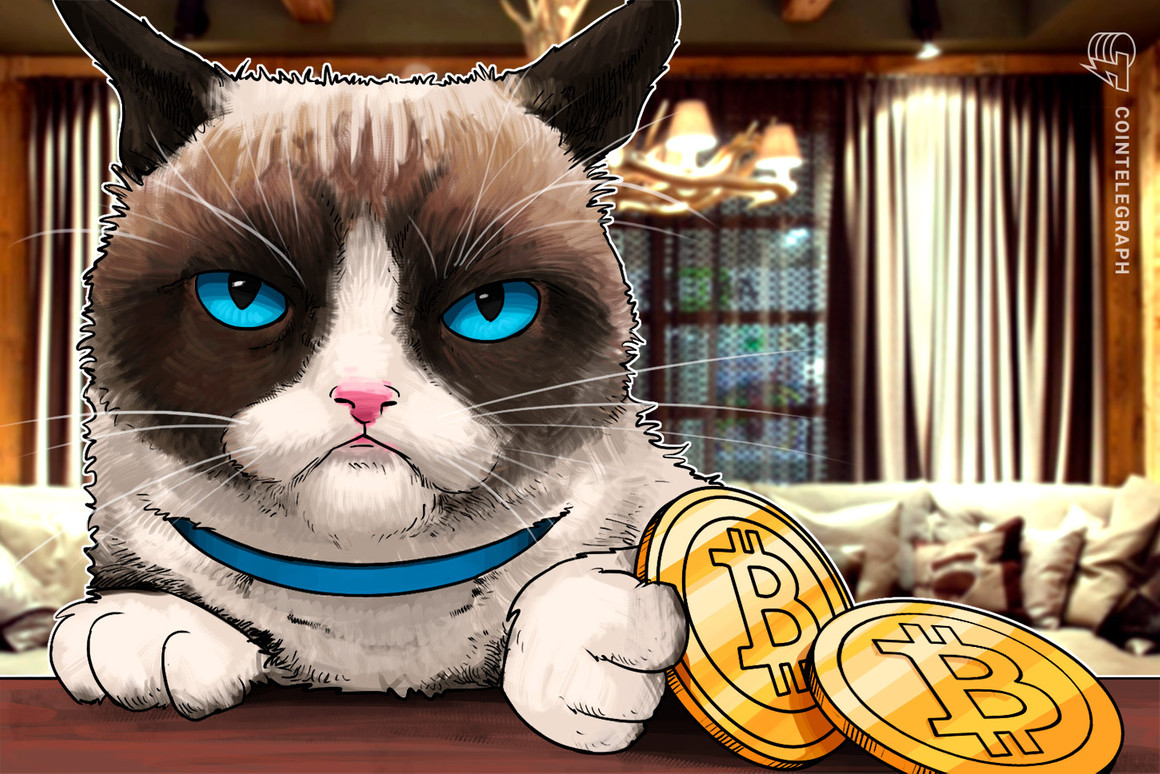A Bitcoin node is a pivotal piece of the Bitcoin (BTC) protocol. For bad actors, attacking nodes and bringing them offline is a sound strategy to undermine the network’s resilience. For one British Bitcoiner, such an attack took place, as the actions of his feline friend rendered his Bitcoin node “unreachable.”
Bodl_hodler (who wishes to remain anonymous) told Cointelegraph that he “started running Raspberry Pi as Umbrel node January 2021,” as he wished to contribute to the overall decentralization of the Bitcoin network.
Below is a picture of node in question before the attack. Notice the air vents on the node —a crucial element of the saga.

The node ran smoothly since connection, confirming Bitcoin blocks on average every 10 minutes as per the difficulty adjustment. However, in late May 2022, when the price began to tumble under $30,000, Bodl “Went to log into the node for the first time in a while and it couldn’t be found on the network.”
“So I pulled it out from behind the sofa only to discover it was covered with a crusty layer of baked on cat sick.”
To his horror, Bodl discovered that his large black cat, Pablo, had vomited on the Bitcoin node. The “dirty protest” had affected the node’s ability to connect to the internet and run. Bodl explains, “The vomit got through the vent slots and took the node offline.”

Indeed, if a Bitcoin node goes offline, it no longer contributes to the security of the network, potentially jeopardizing the Bitcoin protocol. Bodl jokes that “Maybe he [Pablo] mistakenly thought it was running a dog-themed shitcoin,” and “couldn’t stomach the volatility.” Bodl is a Bitcoin maximalist who has no time for the likes of Dogecoin (DOGE).
Related: Brazil beams Bitcoin from space: A case for BTC satellite nodes
Fortunately, it is also very easy to turn the node back on and to catch on the missing blocks. Bodl said he “removed the power, plugged it back in again, luckily it powered on fine and took a few minutes to re-sync to add all the blocks that it had missed.”
The node was immediately brought back to life, confirming transactions and securing the network. “Tick tock, next block,” has become a popular catchphrase among node runners due to the regularity of the Bitcoin blocks.
Incidentally, running a BTC node is increasingly easy and allows Bitcoin users to easily verify their transactions. Bitcoin hobbyists can now run Lightning nodes while some hope to earn passive income along the way. As for Pablo, he now has the company of a new kitten called Lottie who has recently joined the Bodl family.
